Aphantasia and Autism: A Comprehensive Guide
Aphantasia and Autism For Parents and Teachers.
Understanding the nuances and complexities of neurodivergence is an integral part of supporting children with different cognitive processing abilities. Two such cognitive phenomena that have gained increased attention in recent years are aphantasia and autism. This article aims to provide parents with a comprehensive understanding of these conditions, how they might intersect, and ways to support children who have these experiences. It is designed to affirm neurodivergent identities and does not focus on changing individuals but on understanding and supporting them. We need to start going beyond thinking about a child as autistic and start looking deeper into how that affects them and their learning.
Introduction to Aphantasia
The history of aphantasia dates back to 1880 when Francis Galton first described it in a statistical study on mental imagery. However, it remained largely unstudied until recent years. Professor Adam Zeman’s encounter with a patient in 2005, followed by the publication of a case study in 2010, marked a pivotal moment in understanding congenital aphantasia. Subsequent research by Zeman’s team and other scientists has shed light on various aspects of this condition, leading to increased awareness and interest. Aphantasia as a term was coined by Professor Adam Zeman, a cognitive and behavioural neurologist at the University of Exeter in the UK. Aphantasia is the inability to voluntarily conjure visual images in the mind’s eye. Individuals with aphantasia might describe their thoughts as more conceptual, verbal, or non-visual. Aphantasia is not a disorder or a condition that needs to be “fixed.” It is simply a different way of processing and experiencing the world. The visual below highlights the sensory processing impact on individual’s perceptions.
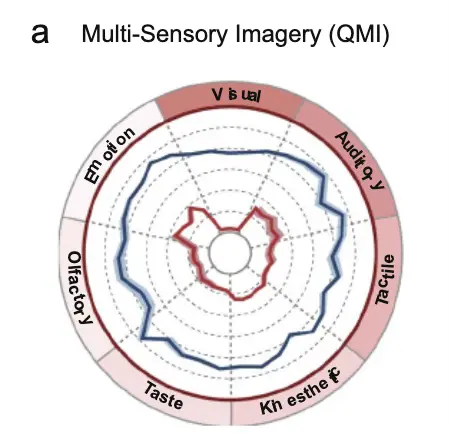
Understanding Aphantasia
People with aphantasia might describe their thought process as ‘thinking in words’ rather than images. They may explain that when they try to imagine a beach scene, for instance, they are aware of the concept – knowing what a beach is, what it feels like to be there, and what activities one does on a beach – but they can’t “see” the beach in their mind. Aphantasia varies in severity. Some people with aphantasia can’t visualize images at all, while others can only do so with great difficulty. It can also extend to other senses such as sound, smell, taste, and touch, affecting the ability to imagine these sensations.
What are the symptoms of Aphantasia?
Some of the symptoms of aphantasia are:
- Difficulty remembering details or facts.
- Difficulty imagining future or hypothetical situations.
- Lack of vivid memories or dreams.
- Trouble with facial recognition.
Aphantasia is not a medical or mental health condition, but rather a characteristic of how the mind works. It affects about 2% to 4% of the population. There is no cure for aphantasia, but some people may find ways to cope with it or use other forms of imagination.
Do you think you have aphantasia? You can take a test called the Vividness of Visual Imagery Questionnaire (VVIQ) to measure your ability to form mental images.
Is Aphantasia a Sensory Processing Disorder?
Aphantasia should not be described as a visual condition it’s a multi-sensory impairment. People who experience a lack of mental imagery can have a reduced capacity to access other mental senses, including imagining sound, movement, smell, taste, and touch. This condition, which Sir Francis Galton first identified in the late 19th century, has gained more attention in recent years with advancements in cognitive psychology and neuroimaging.
Interestingly, aphantasia exists on a spectrum, with some individuals experiencing a complete inability to generate mental images, while others have a milder form of the condition. It is estimated that about 1 to 3 percent of the population may have some degree of aphantasia. Only 26.22% of aphantasic participants in one Study (Dawes et al 2020) reported a total absence of multi-sensory imagery altogether,
For those with aphantasia, their internal world lacks the vividness that most people experience. While individuals without aphantasia can easily conjure up mental images of loved ones, places they’ve visited, or imaginary scenarios, those with aphantasia rely more heavily on other cognitive processes such as verbal thinking or conceptual reasoning. This difference in cognitive processing can impact various aspects of life, from memory recall to creative thinking.
While aphantasia may present certain challenges, it’s important to note that it doesn’t necessarily indicate a deficit in overall cognitive ability. In fact, neurodiversity advocates argue that aphantasia can provide a unique perspective and strengths in other areas.
Research on aphantasia is still relatively small, but it is growing and I have linked some research papers at the end of this article. Scientists are studying the underlying neural mechanisms of this condition and how it relates to other cognitive processes. Understanding aphantasia better could lead to improved therapies or interventions for those who experience it. In the meantime, raising awareness about aphantasia can help individuals better understand their own cognitive processes and provide support and resources for those who may need it.
Research Insights into Aphantasia
Recent studies have provided valuable insights into aphantasia, its prevalence, and its implications. Researchers have used techniques such as the Vividness of Visual Imagery Questionnaire (VVIQ) to evaluate the quality of mental imagery among individuals. Findings suggest that aphantasics may experience deficits in visual working memory, autobiographical memory, and other cognitive functions compared to non-aphantasics.
Notable Findings
Studies exploring the correlation between aphantasia and other sensory modalities, such as auditory imagery, have revealed intriguing connections. Additionally, research on acquired aphantasia, often resulting from brain injury or psychological causes, has contributed to our understanding of the condition’s underlying mechanisms. Notable figures from various fields, including literature, art, and technology, have shared their experiences, highlighting its diversity and impact.
Introduction to Autism
Autism, or autism spectrum disorder (ASD), is a broad range of conditions characterized by challenges with social skills, repetitive behaviors, speech, and nonverbal communication. Autism is a spectrum disorder, meaning it affects every individual differently and to varying degrees.
Understanding Autism
Individuals on the autism spectrum often have unique ways of seeing and interacting with the world. They may have particular strengths, such as detailed-oriented thinking. However, they may also face challenges, particularly in social communication and sensory processing. Autism is now typically recognised in early childhood, with signs often appearing by the age of two or three. However, some individuals may not be diagnosed until later in life. It’s important to remember that autism is a significant part of an individual’s identity, and being autistic is not something that needs to be “cured” or “fixed.”
The Intersection of Aphantasia and Autism
While both aphantasia and autism are individually well-documented, the intersection of the two is not extensively studied. However, anecdotal reports and limited studies suggest that there may be a higher prevalence of aphantasia among people with autism than in the general population. It’s possible that the different cognitive processing styles associated with autism might contribute to this.
Recognising the Intersection
Individuals who have both autism and aphantasia may face unique challenges. Their differences in social communication (a characteristic of autism) and their inability to visualize images (a characteristic of aphantasia) may affect their ability to process and recall information, understand abstract concepts, plan for the future, and navigate social interactions. However, it’s crucial to recognize the strengths that can also come with this intersection. Many individuals with aphantasia and autism have exceptional abilities in logic, detail-oriented thinking, and focusing on the present moment.
Supporting Children with Aphantasia and Autism
The key to supporting children with aphantasia and autism is understanding their unique experiences and strengths and providing a supportive and understanding environment. Here are some strategies:
- Be aware of the condition. Make sure to educate yourself on what Aphantasia is and plan for how it impacts learning. Don’t assume visualizations are possible.
- Explain concepts in multiple ways. Don’t rely solely on visual descriptions, metaphors or analogies. Explain verbally and show concrete examples when possible.
- Use alternative techniques for visualization tasks. For writing, describe settings through factual details rather than visualizing. For math, focus on manipulating objects or drawing diagrams.
- Allow use of assistive tools. Children with Aphantasia may rely more on mind maps, charts, models or technology to conceptualise abstract ideas.
- Aphantasia doesn’t diminish all cognitive abilities. Engage auditory, tactile, linguistic and logical intelligences for multi-sensory learning.
- Offer adaptations as needed. Some children may need extra processing time or alternative formats if activities require visualisation.
- Provide reinforcement and confidence building. Reassure the child that aphantasia is normal for them and help them feel empowered rather than limited.
- Communicate with parents. Collaborate to determine the child’s individual needs and effective home support strategies.
- Praise effort over aptitude. Focus on growth mindset, perseverance and alternative approaches rather than perceived lack of “visualization skills”.
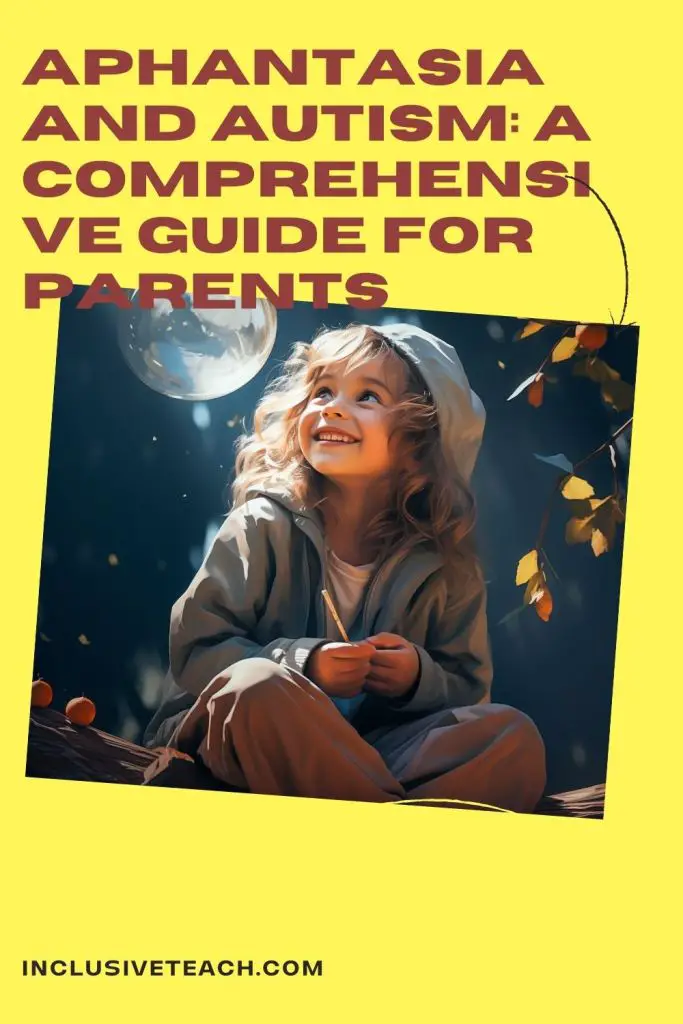
Frequently Asked Questions
Q1: How is aphantasia diagnosed?
A: Currently, there is no standardized diagnostic test for aphantasia. It’s often self-diagnosed when individuals realize their experience of visual thinking differs from others. Some psychologists and neurologists might use questionnaires or interviews to understand a person’s subjective visual experience.
Q2: Is aphantasia a disability?
A: No, aphantasia is not typically considered a disability. It’s a variation in human experience and cognition. Some people with aphantasia feel it presents challenges in certain areas of their lives, while others feel it has little impact. Many people with aphantasia do not feel they have a disability or impairment. They have found ways to succeed and compensate for their lack of mental imagery.
Q3: Can aphantasia be ‘cured’?
A: The notion of a ‘cure’ implies that aphantasia is a problem, which is not the case. Aphantasia is not a disease or disorder; it’s a different way of thinking and experiencing the world. There’s no need for a cure, but understanding and adapting to aphantasia can help individuals navigate a world designed for visual thinkers.
Q4: How is autism diagnosed?
A: Autism is usually diagnosed in early childhood, often between the ages of two and three. Diagnosis involves behavioural observation and screening by a team of professionals, which can include a developmental paediatrician, a child psychologist, a speech and language pathologist, and an occupational therapist.
Q5: Is autism a disease that can be cured?
A: No, autism is not a disease. It’s a neurological and developmental variation and forms a core part of an individual’s identity. The concept of a ‘cure’ for autism is rejected by the vast majority of the autistic community and their allies. Instead, support, understanding, and acceptance are advocated.
Q6: How can I support my child’s teacher in understanding my child’s aphantasia and autism?
A: Open communication is key. Share resources about aphantasia and autism with your child’s teacher and discuss your child’s unique strengths and challenges. Advocate for inclusive education practices and appropriate accommodations.
Q7: Is Aphantasia Neurodivergent?
Aphantasia, the inability to voluntarily create mental images, is not formally considered a neurodivergent condition or learning disability. However, there are ongoing discussions in the neuroscience community about whether it may represent a form of neural diversity.
- Aphantasia appears to have a neurological basis – some research suggests it may be related to differences in the structure or function of visual processing areas in the brain. However, more study is needed.
- That said, some researchers argue aphantasia fits the model of a neurocognitive difference, similar to conditions like dyslexia or ADHD. People with aphantasia’s brains work differently in specific ways.
- There are currently no formal accommodations or interventions recommended for aphantasia, as is often the case with established neurodiverse conditions.
- Some people with aphantasia do advocate for greater recognition, saying it can affect skills like memory, navigation, and creativity. However, it is not considered a learning disability.
- More research is still needed before there is consensus on classifying aphantasia as neurodivergent or as a cognitive difference. The discussion remains active.
Q8: Can aphantasia be acquired?
Yes, aphantasia can be acquired due to factors such as brain injury, psychological trauma, or medical conditions like COVID-19. Studies have documented cases of acquired aphantasia and its impact on individuals’ cognitive abilities.
Q9: How does aphantasia affect daily life?
Aphantasia can impact various aspects of daily life, including memory recall, creative visualization, and certain forms of communication. However, individuals often develop compensatory strategies to navigate these challenges and lead fulfilling lives.
Conclusion
Understanding both aphantasia and autism offers a more nuanced view of the spectrum of human cognition. Recognizing and validating these experiences as part of our shared human diversity is vital. As parents, understanding your child’s unique way of experiencing the world is the first step in supporting them effectively. Remember, the goal isn’t to change your child but to provide them with the understanding, acceptance, and tools they need to thrive.
Further Reading and Research on Aphantasia
Aru, Jaan & Larkum, Matthew & Shine, James. (2023). The feasibility of artificial consciousness through the lens of neuroscience. (Not Yet Peer Reviewed)
Dance, C. J., Jaquiery, M., Eagleman, D. M., Porteous, D., Zeman, A., & Simner, J. (2021). What is the relationship between Aphantasia, Synaesthesia and Autism?. Consciousness and cognition, 89, 103087. https://doi.org/10.1016/j.concog.2021.103087
Dawes, Alexei & Keogh, Rebecca & Andrillon, Thomas & Pearson, Joel. (2020). A cognitive profile of multi-sensory imagery, memory and dreaming in aphantasia. Scientific Reports. 10. 10.1038/s41598-020-65705-7.


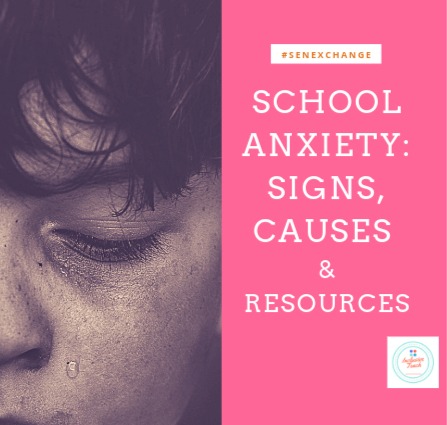

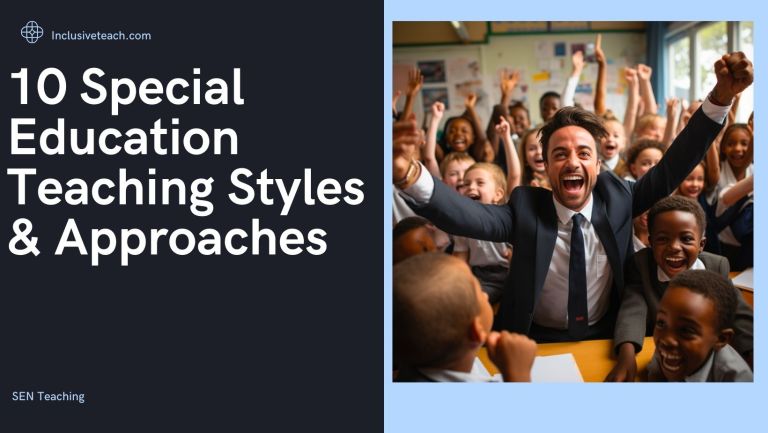

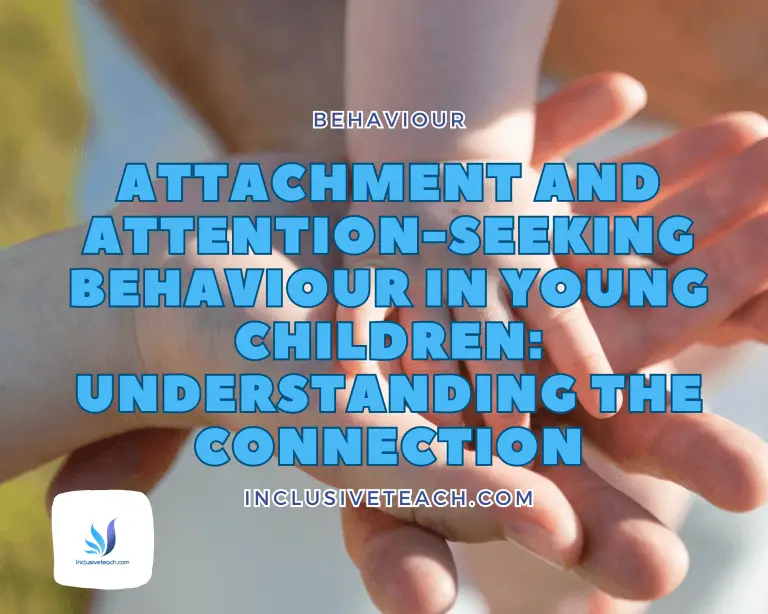
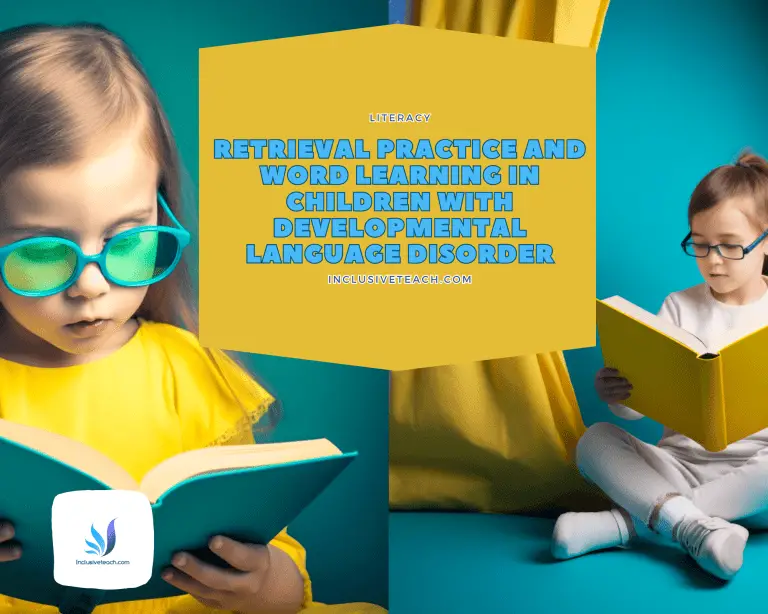
One Comment